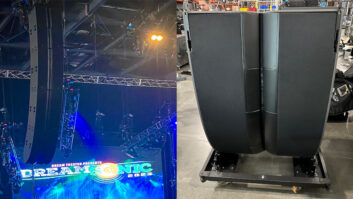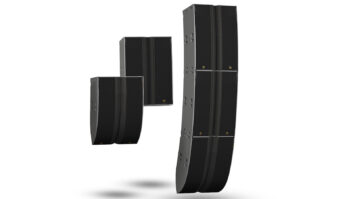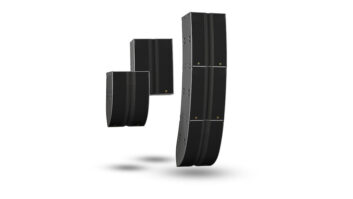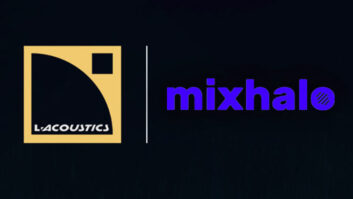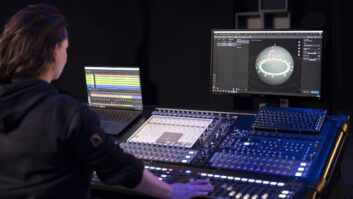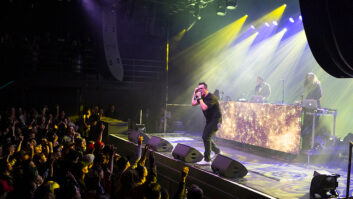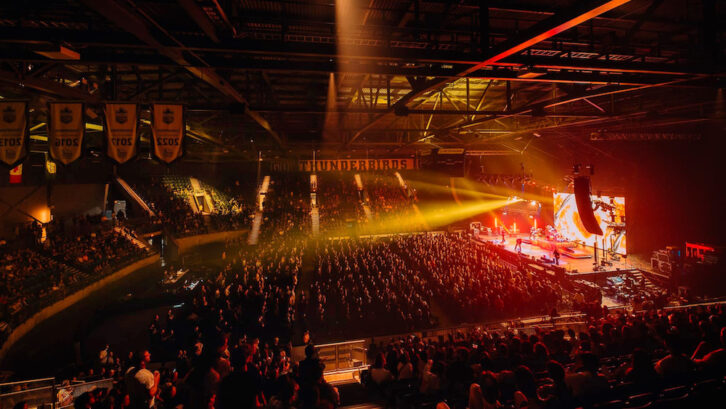
New York, NY (September 6, 2023)—Prog metal maestros Dream Theater have never done anything halfway, which is why when they founded their own touring festival this year—Dreamsonic—they brought along support acts Devin Townsend and Animals As Leaders, and presented it all to audiences through a brand-new L-Acoustics L Series system. Provided by PRG, along with all the other audio production, the production marked the first North American tour to carry L-Acoustics’s new flagship PA.
Dreamsonic’s L2 and L2D enclosures were being carried and deployed by PRG, one of a handful of pilot-phase production providers. Steve Thom, system engineer on Dreamsonic, noted, “It’s an absolute privilege to be one of the first to be hands-on with technology like this on tour. [Local crews] want to know what we’re carrying, and I get to say, ‘Have I got a surprise for you! Everybody is very intrigued about the new technology.”
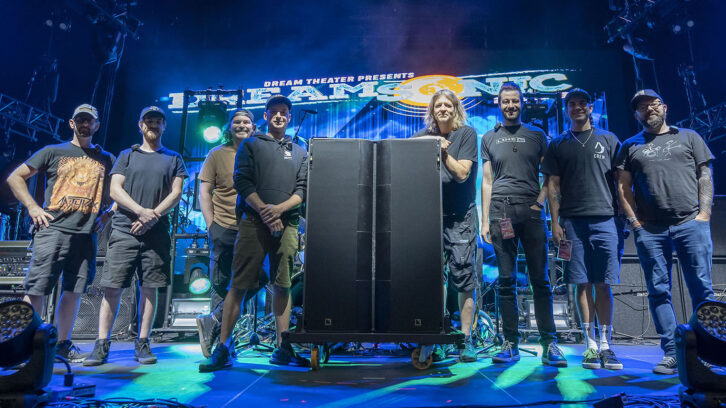
The L Series is comprised of two elements that are designed to work together or on their own, with the L2 above and L2D below. For comparison to previous L-Acoustics systems, one L2 or L2D element provides the same contour as four K2 elements in a format that is reportedly 46% smaller and 40% lighter.
Recording Dream Theater’s ‘The Astonishing’
As a result, Thom went into each venue ready to get the system in place relatively quickly: “Depending on the size of the venue, we’ll do either two or three L2 over an L2D. The largest we’ve done is three L2 on top of an L2D, but even that is far more compact and streamlined than any system we’ve used before, even K2. We don’t have to set 16 inter-cabinet angles and eight jumpers as with a conventional line array. We only have four elements to connect, instead of 16, without sacrificing any output.”
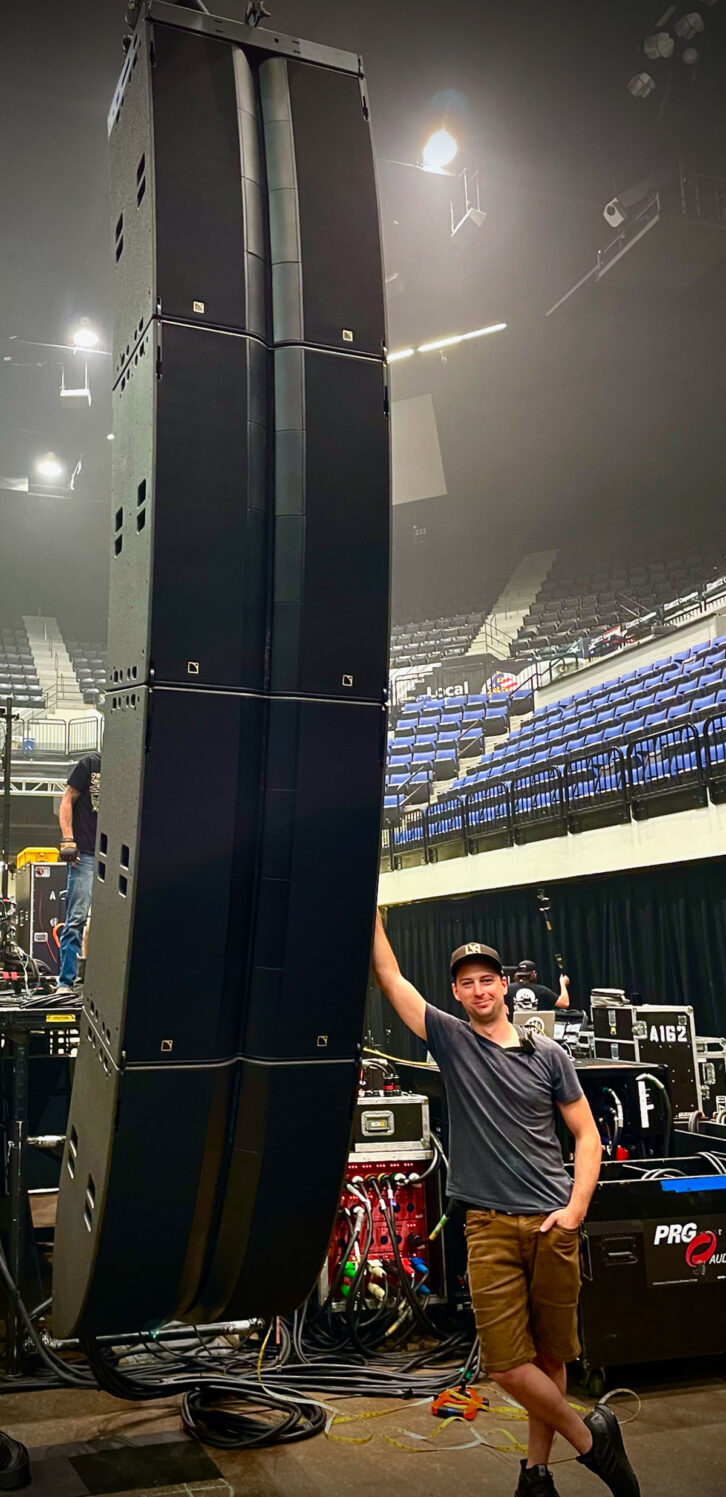
When it came to powering the new system, the production had on hand a LA7.16 high-resolution touring amplified controller, which supports L2 and L2D with 16 channels of amplification and processing, based in a new LA-RAK III touring rack offering 48 channels of amplification in a Milan AVB-ready package, with more than 60,000 watts of power in just 9U. Thom noted, “Everything you need is integrated into a single amplifier, so you don’t need multiple amps, and the multipin connector on the back takes any guesswork out of the process.”
Thom says he’s noticed immediate sonic benefits. “Compared to a conventional line source that will most likely have one group of FIR filters dedicated to four compression drivers, each group of FIR filters on the L Series is dedicated to each individual compression driver in the line, providing increased resolution,” he says. “Also, the transition from component to component is incredibly precise, so there’s no gap in coverage, and the system’s tight directivity really helps clean up the sound on stage.”
Out in front of the system, Dream Theater front-of-house engineer Michael “Ace” Baker said he’d noticed that audiences liked the tour’s sound, as did, intriguingly, the bandmembers’ wives: “They’re all musicians, too, and they knew something was up with the sound right away. They could clearly and distinctly hear greater definition of each instrument.”


